How to recognise Realism in art?
As an art movement and style how can we identify it? And what is the connection to the American author John Steinbeck?
Long story short: realism in art refers to a realistic rathern than idealized view of the world.
Longer-ish story: The pendulum has a way of swinging back from one extreme to another. This time we will focus on the pendulum swing from an idealised Romanticism in art, to a realistic depiction of the realities of everyday life in 1830s-1900s. It wanted to speak of social conditions as seen from within, seeing the dignitiy of the harsh realities, rather than looking at it from a priviledged removed position. Realism developed out of the previous period, that we’re not going too deep into at this point. But to get to know realism we can begin to understand it through the contrast to the Romantic sensibility.
Mirror and the Lamp analogy
The best analogy I’ve heard to date describing the Romantic movement was written by historian M. H. Abrams, 1912-, who in his 1953 “the mirror and the lamp” describes a style of thought from Plato to the Enlightnemnet.
One concerned with deciphering and understanding the reflected, outside world. The “lamp”, on the other hand, was the Romantic inner expression of self, which in turn helped illuminate the world. The idea of the artist in the Romantic period, was all about the individual, how he was removed and different from the rest of society. He looked different, he dressed different (casual chic bohemian was a la mode in this time for these special individuals) and the artist lived on the edge of society to be able to both comment and contemplate on it.
See the difference between the artists role in the Romantic versus the Realism movements?
The connection between the artists suffering and their own creativity became very important to the Romantics. The connection between the people’s suffering and their everyday lives became very important to the Realists. The Romantics painted themselves starving, Christ-like, almost religously suffering and one of my favorite examples was the young poet (young because he died by suicide at 17 years young) Chatterton (1752-1770).
He specialised in the “misunderstood-unrecognised-genius” mask, where the artist, and the aritst alone, was able to see the world unrestrained by society and through his own experience of the world.
Henry Fuseli (1741-1825) said: “It’s a loooot of genius to be opposed and to be invigorated by opposition.” Okay, Fuseli.
I realise I’m not portraying the Romantic artist in a very flattering light - although I suspect they would have wanted to seem both above that and deeply offended by not being seen as beautiful and special in their quest. However, I do actually have a soft spot for these sappy, dramatic boys. You can say a lot about them, and we should, but one thing’s for sure – they were committed to their portrait of an artist. More on them another time. The point was also actually to use the Romantics as a contrast, and picture of a pendulum swing, to show you who the realists were. They wanted to show the truth about work, the grand beauty of the mundanity of everyday life, and in and of itself, was a complete transformation of the purpose and function of art. The beauty was not in an imagined scene or an blown up idea or act of an artist, like we saw hinted at by Immanuel Kant in his Aesthetic Judgement, but was in the real.
It’s terrifying, it’s aweinspiring – it’s sublime.
Immanuel Kant (1724-1804) was a philosopher of the Enlightment, he spend his life defining and redefining and redefining again philosophical problems – and his influence on the theory of art has been enormous. Beauty, for Kant, involves the eye, the mind, and the perception of the beholder, as well as the object itself. It involves imagination and unders…
Realists thought that by portraying the everyday, the real and the ordinary, they were making work that was in some way uniquely valid and meaningful. We were no longer removed with the artist, we were not as viewers looking down these “others” when we once in a while got glimpses of the real people among the imagined. No, we were with them now.
Imagine how shocking and political it all seemed, when Gustave Courbert (1819-1877) painted these realistc and gritty scenes.
Also, imagined the scandal when Edouard Manet (1832-1883) painted realistically rather than idealised our Olympia (1894) and showed it at the Salon exhibition at the Louvre in 1865. Pregnant women were advised not even to look at it! To Manet he had based his painting of Olympia, the Classical Goddess of Love, from the work by the Renaissance artist Titan (1490-1576). But in Manet’s painting, it was obvious to the Salon viewers, that Manet has not painted a Classical Goddess, but a contemporary prostitute on display.
Is she naked or nude in that painting?
If you visit Uffizi in Florence or certain sections of one of the many museums in Paris, you’ll maybe find that there are a lot of people without clothes on. Many of which you, we, are crediting with that was just how beauty, the study of the human form, or the male form at least, and no sexual innuendo. However, it’s not the same vibe as seeing Édouard…
Could art be one of the ways to change society?
It was actually through the Enlightenment that the idea that art might have a social function, which believed in the importance of scientific and empirical thinking. Of course, let’s not forget that the social function of art, have been asked before by our patron saint, Plato, in The Republic, but none the less. With the French philosopher, Auguste Comte (1798-1857), a new science developed. Sociology, or the science of society, was the academic discipline of looking at the human relationship and values within cultures. And in so many ways art reflected the sense of inequality, made it more apparent to the bourgeoisie, enhanced and repeated the “Liberty, Egality and Fraternity” cries, and in some ways, had a very real place through realism in art of changing society.
So what are the characteristics of Realisms in art movement and style?
In a listable, and with emojis, to make it easier for the modern person to digest (obviously myself included so in no way a weird degredating diss from me).
Rejection of Romantic Ideals: 🚫✨ Emphasis on depicting life without exaggerated emotion or drama.
Accurate Representation: 🎨🔍 Focus on portraying subjects truthfully and in detail.
Depiction of Everyday Life: 👥🏠 Concentration on ordinary people, settings, and situations.
Social and Political Awareness: ⚖️🛠️ Attention to the lives of the working class and social issues.
Emphasis on Objectivity: 📏🖌️ Commitment to realistic, unembellished portrayals.
Influence of Photography: 📸🎞️ Adoption of techniques that emphasize accuracy and detail.
Muted Colors and Simple Compositions: 🎨🖼️ Use of restrained color palettes and straightforward compositions to enhance realism.
Prominent Themes: 🧑🏭🌾 Focus on labor, poverty, social inequality, and the mundane aspects of daily life.
Prominent Artists: 🖌️👨🎨 Notable figures include Gustave Courbet, Jean-François Millet, and Honoré Daumier.
Wait – but what was the connection to John Steinbecks’ fiction writing?
I’m reading Grapes of Wrath by Steinbeck at the moment – and my God. No one could ever read that book and call it anything but beautiful in its realism. John Steinbeck's fiction writing, particularly his focus on the struggles of ordinary people and his detailed, unembellished descriptions of life, is closely connected to the principles of the Realism art movement. Steinbeck's work often depicts the harsh realities faced by the working class, mirroring the Realist commitment to portraying life truthfully and without romanticization.
Steinbeck's novel "The Grapes of Wrath" is a prime example of literary Realism. The novel addresses social issues such as poverty, inequality, and the struggle for survival, much like Realist paintings that depict the lives of the working class. Steinbeck's detailed and objective style in describing the environment and the characters' experiences aligns with the Realist emphasis on accurate representation.
Extract from "The Grapes of Wrath":
“The bank is something else than men. It happens that every man in a bank hates what the bank does, and yet the bank does it. The bank is something more than men, I tell you. It’s the monster. Men made it, but they can’t control it.”
In this extract, Steinbeck portrays the bank as an impersonal and uncontrollable force, reflecting the Realist theme of depicting institutions and societal structures as they impact individuals' lives. This passage highlights the systemic issues faced by the characters, emphasizing the realism of their struggles without romanticizing their plight. It’s so brutal, so beautiful.
Connection to Realism:
Accurate Representation: Steinbeck’s detailed and vivid descriptions provide a truthful portrayal of the characters' environments and struggles.
Depiction of Everyday Life: The focus on ordinary people, particularly the Joad family, and their daily hardships.
Social and Political Awareness: Attention to social issues like poverty, inequality, and the impact of the Great Depression.
Emphasis on Objectivity: Steinbeck's narrative style is straightforward and unembellished, mirroring the objective approach of Realist artists.
Prominent Themes: The novel addresses themes of labor, poverty, social injustice, and the human condition, similar to the themes depicted in Realist art.
By drawing these parallels, I think we can say that Steinbeck is a literary counterpart to the visual realism of artists like Gustave Courbet and Jean-François Millet. Wouldn’t you?
I think that’s all for now. Hope you liked this runthrough – would love to hear your thoughts and relfections.
Lots of love,
Elisabeth.


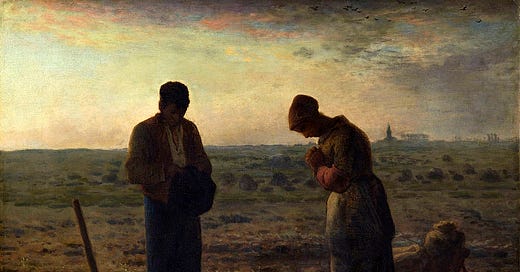




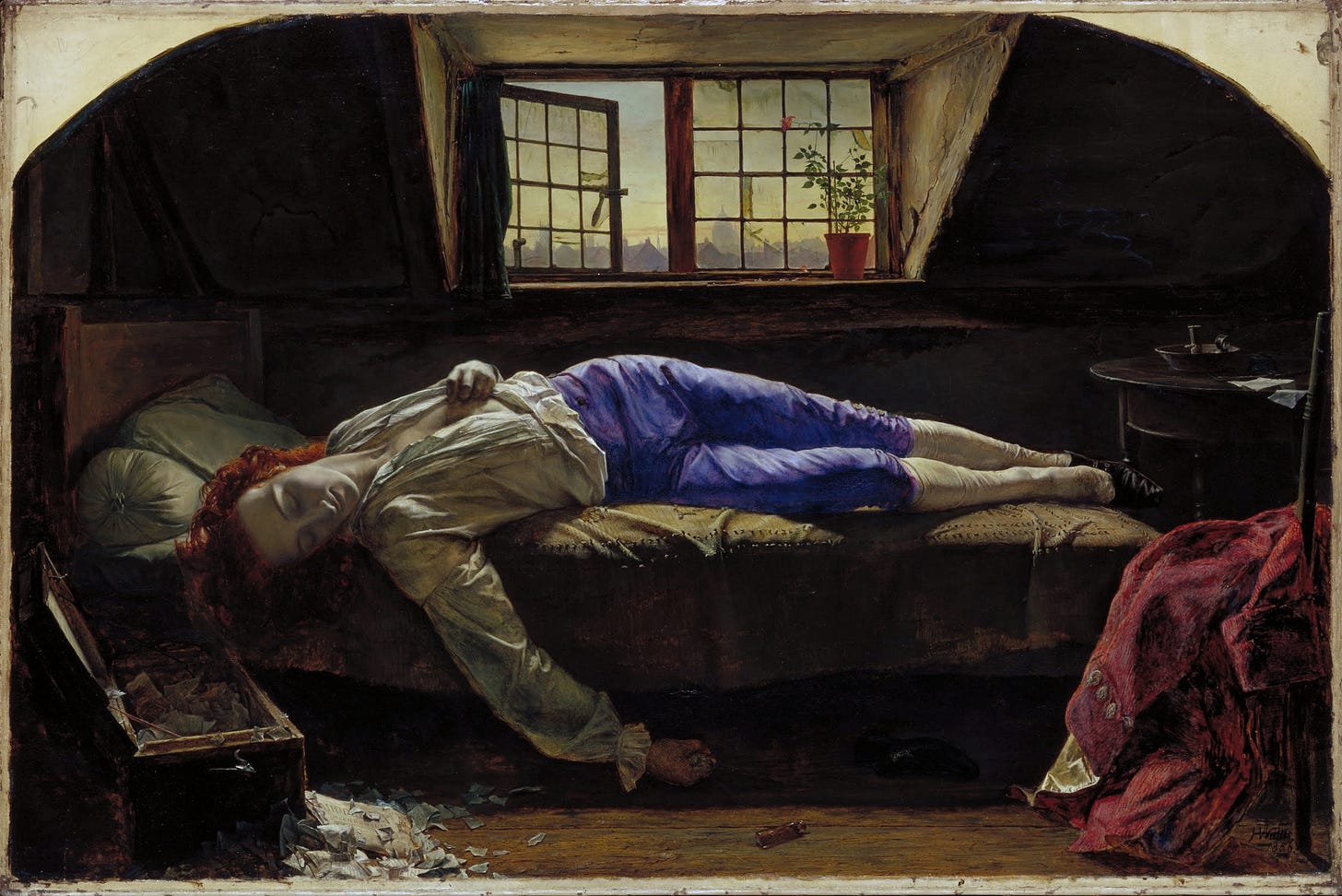
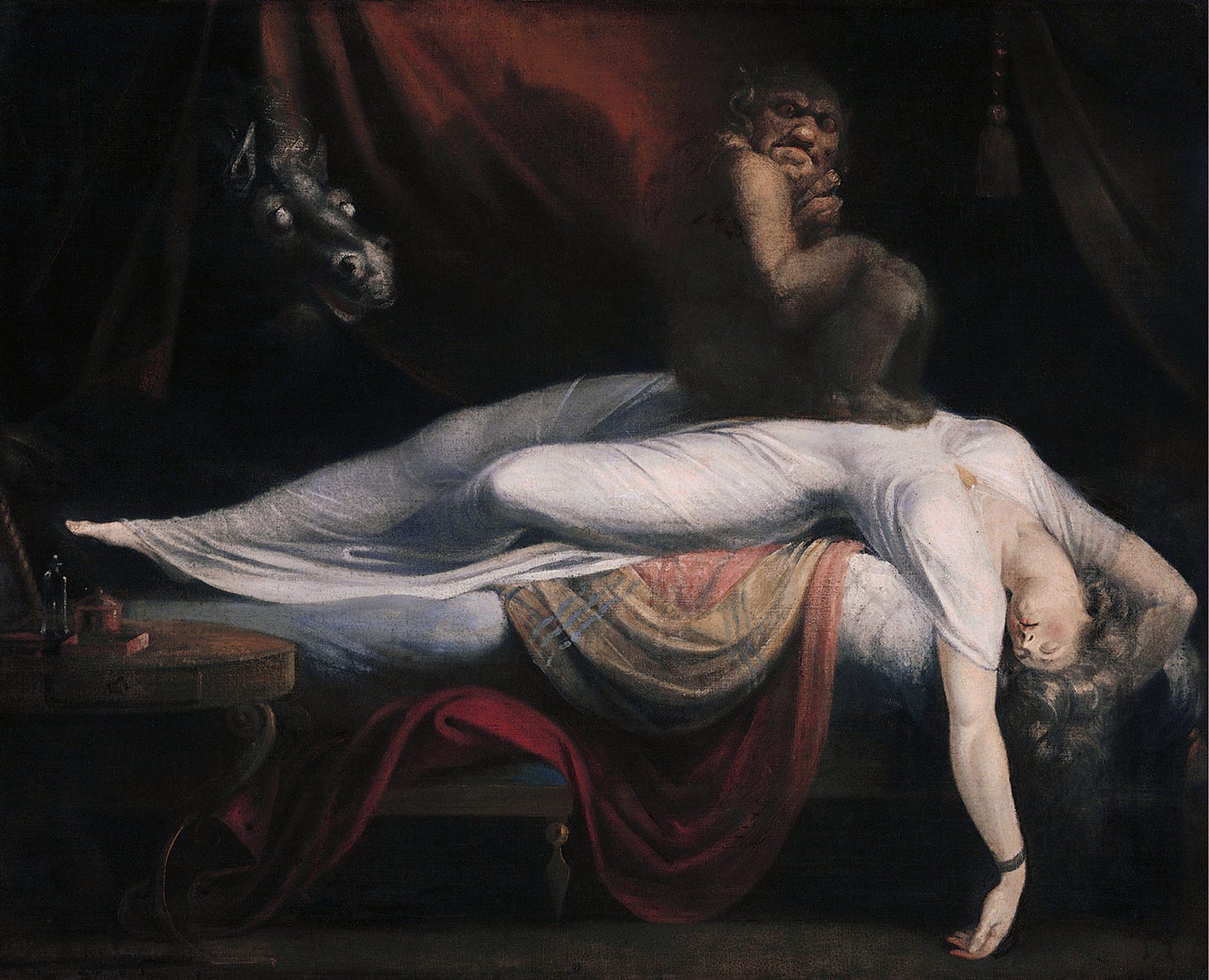


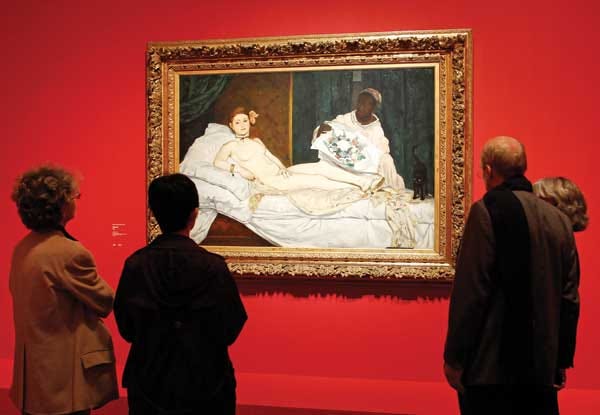
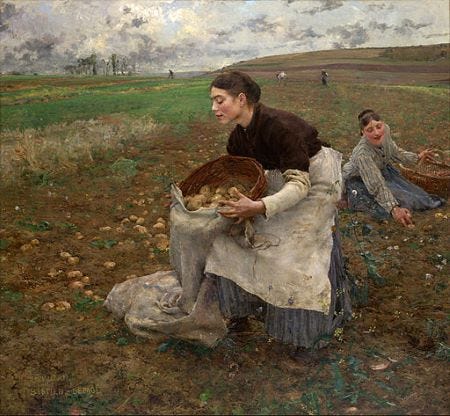
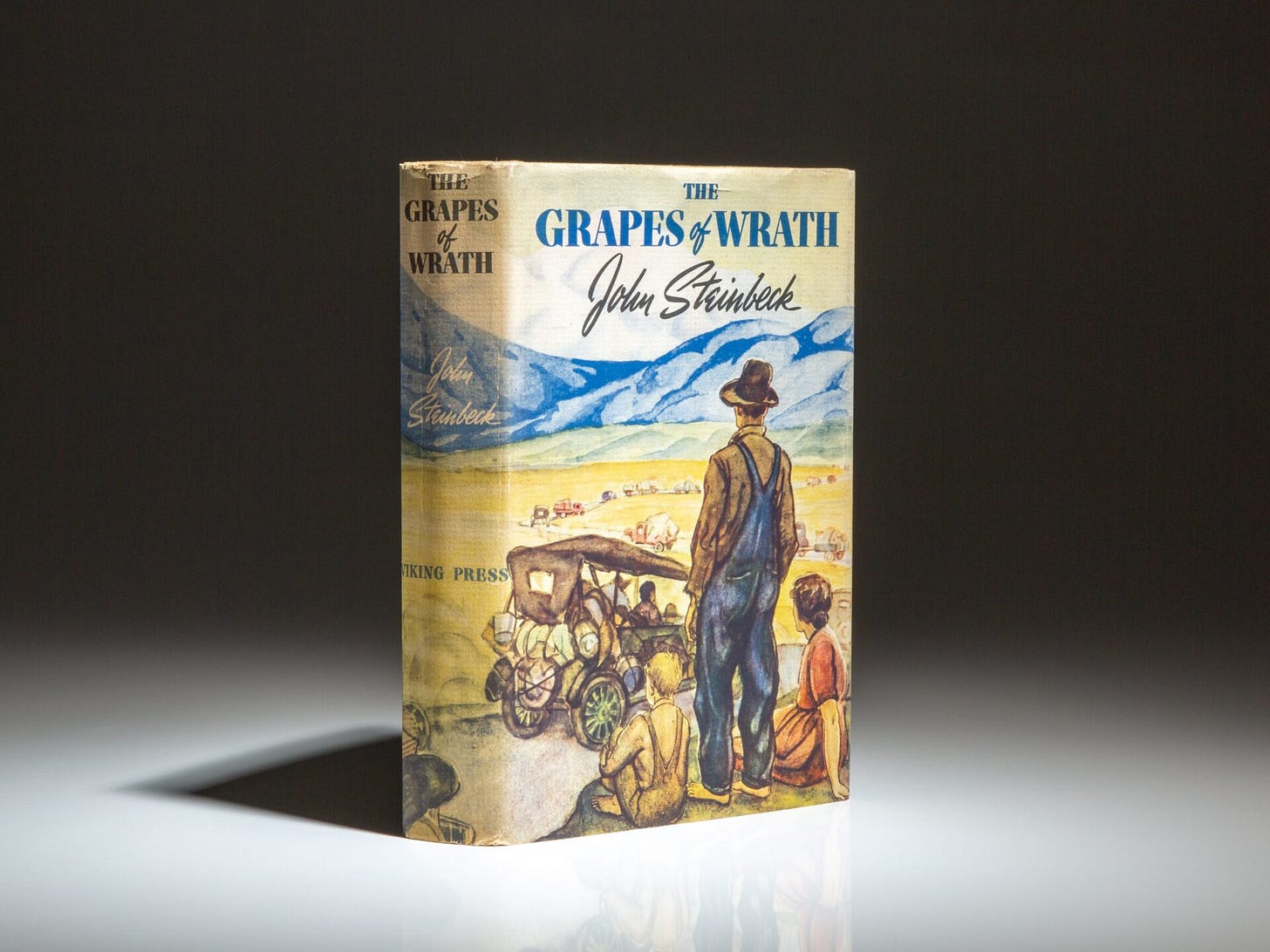
The social function of art is something I wonder about. I can't help but feel it's mainly entertainment with a skin of social awareness and the promise of potential change. I appreciate that's a very cynical view, and I would much prefer to believe it's a force for social good, but I struggle to see the evidence.
Thanks for your breakdown of realism in art, I found it enlightening, especially the context of it's development in opposition to romanticism.